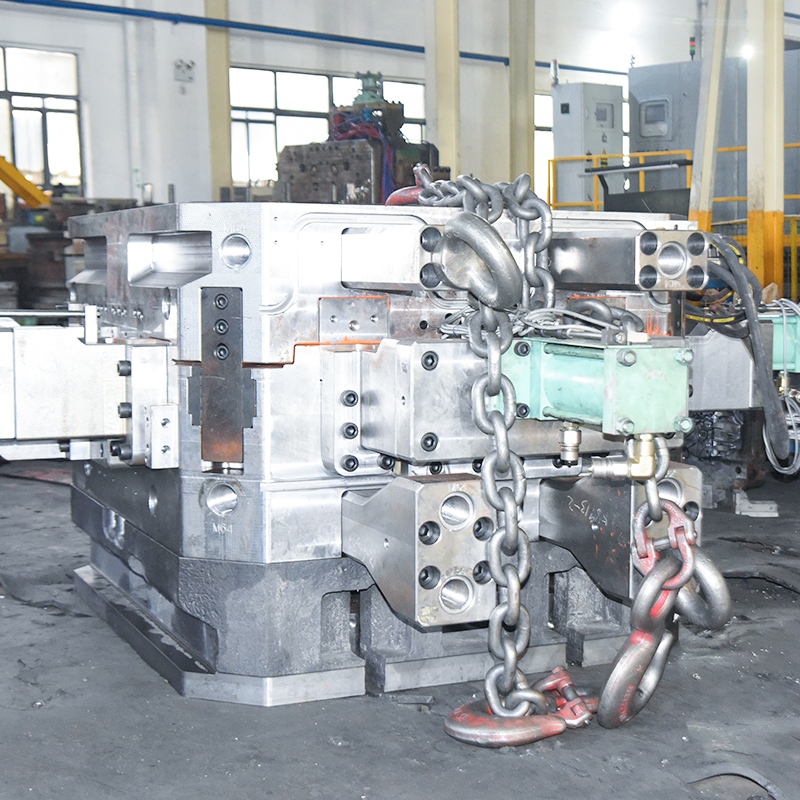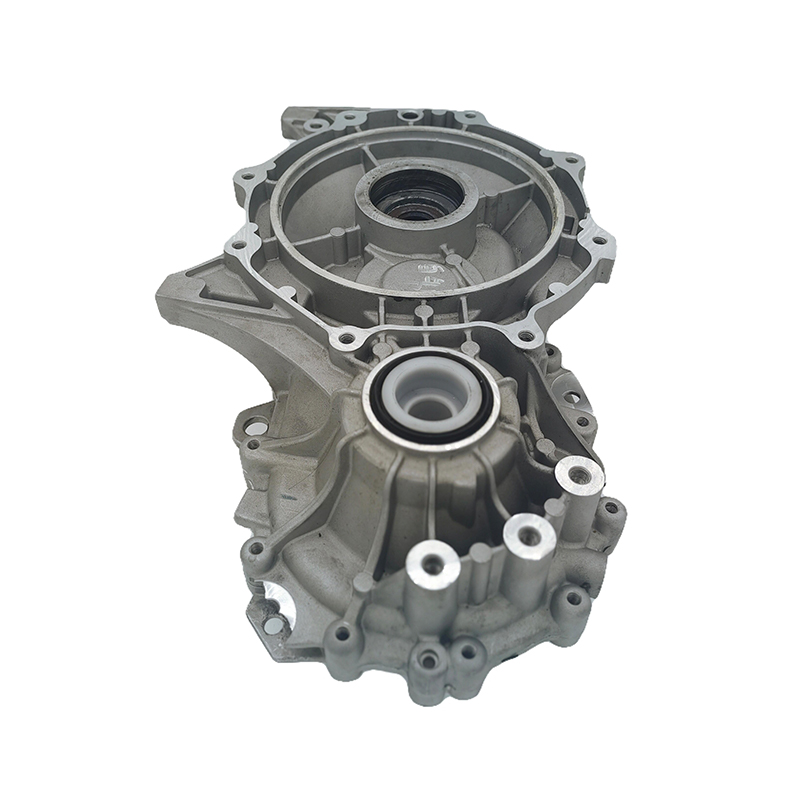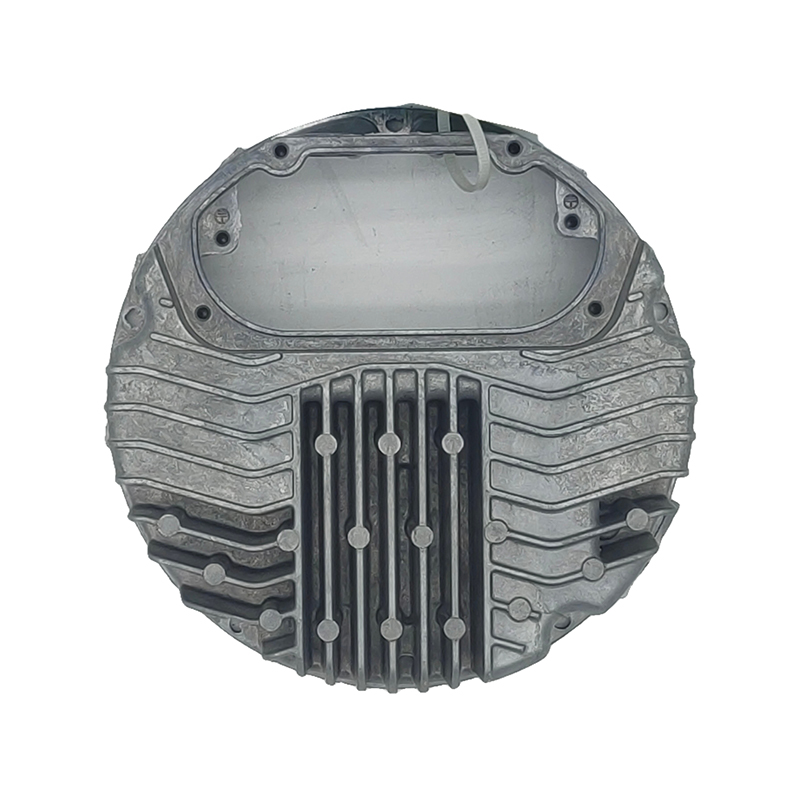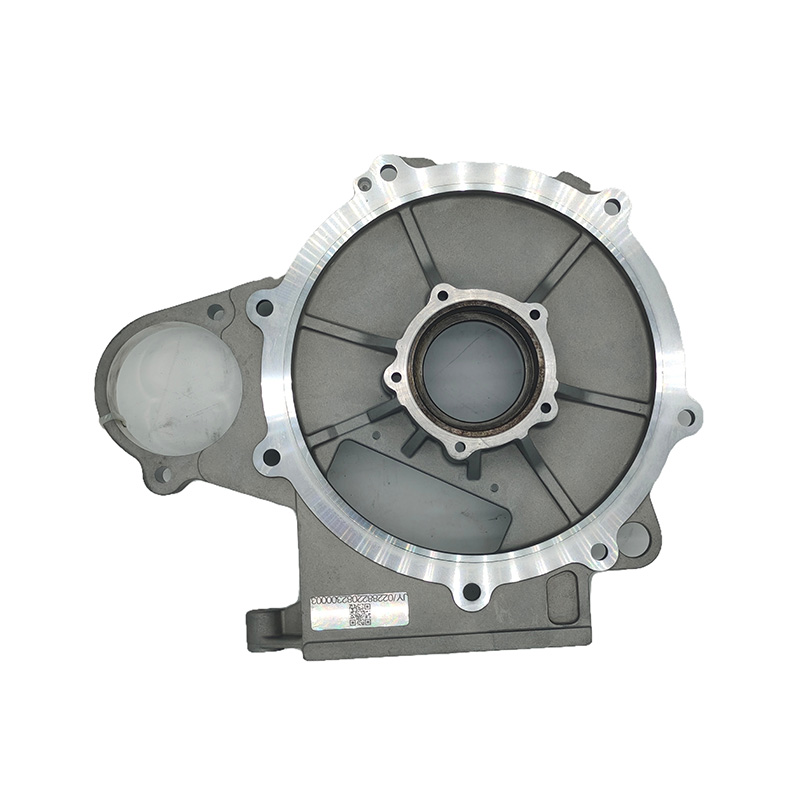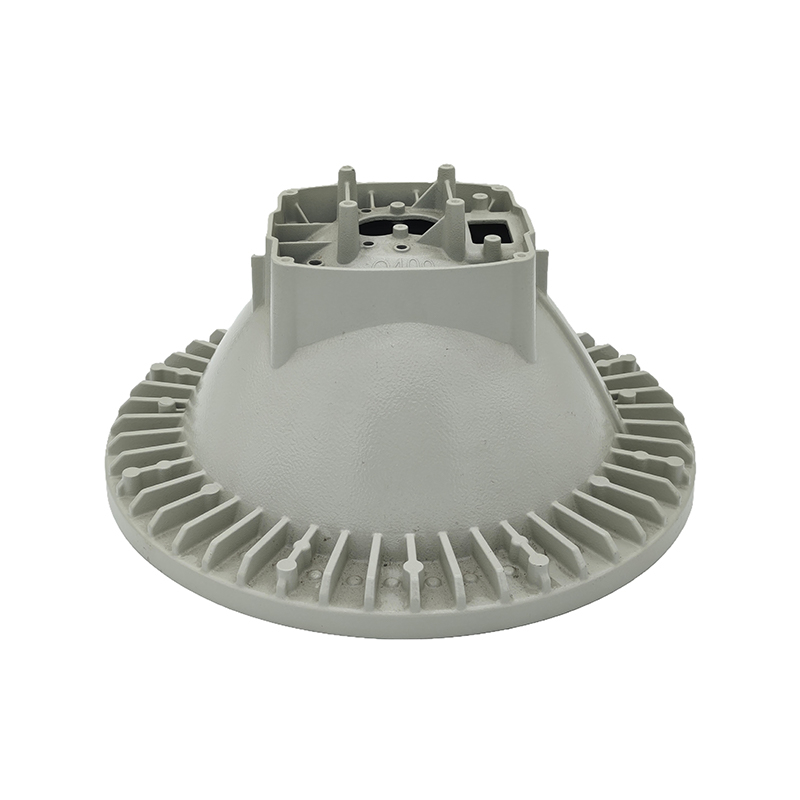1. Lightweight Design for Better Efficiency
In electric scooter design, weight reduction is a key factor in improving energy efficiency and range. By using lightweight materials such as aluminum alloys, die-casting technology can produce lightweight yet high-strength components. For example, key components such as the frame, handlebars, and pedals can be manufactured using die-casting to achieve a lighter design, significantly reducing the overall weight of the vehicle. This lightweight design means the battery doesn't need to bear the additional weight burden, thereby increasing the scooter's range. A lighter body makes the scooter more maneuverable and improves acceleration and braking performance.
2. Improved Structural Integrity
Electric scooters must withstand the shock and vibration of everyday riding. Components manufactured using die-casting technology typically have uniform thickness and superior structural strength, effectively resisting these external forces. Die-cast materials commonly used in electric scooters, such as aluminum alloys and zinc alloys, not only offer high strength but can also withstand significant external forces without deformation. For example, the motor and battery housings of electric scooters are often die-cast. These parts not only protect internal components from external impact and friction, but also enhance the overall durability and reliability of the scooter.
3. Precision and Consistency
Precision is one of the most important characteristics of die-casting technology. High-precision molds ensure that manufactured parts meet extremely tight dimensional tolerances, which is crucial for electric scooters. For example, components such as the motor housing and brackets of electric scooters often require precise hole positions and surface flatness to ensure perfect fit and installation. Die-casting produces highly consistent parts, reducing errors during assembly and thus improving the overall quality and service life of the vehicle. Precise part matching also reduces friction, optimizing the riding experience and making the scooter more stable at high speeds and when cornering.
4. Better Heat Dissipation
The motor and battery of an electric scooter generate a significant amount of heat during operation. Especially under high power, overheating can lead to performance degradation or even damage. Die-cast aluminum alloy has excellent thermal conductivity, effectively dissipating heat generated by various components of an electric scooter, especially the motor and battery. Aluminum alloy motor housings are often designed with heat dissipation fins, increasing the contact area with the air and accelerating heat dissipation. This thermal management feature helps extend the lifespan of electric scooters and prevent performance loss due to overheating.
5. Design Flexibility and Customization
Die casting technology can produce highly complex component designs, allowing manufacturers to achieve a high degree of customization based on specific needs. Complex geometries, such as heat dissipation fins and housing reinforcements, can be easily achieved using die casting. This provides electric scooter designers with greater scope for innovation, allowing them to optimize based on performance requirements, aesthetic design, or functional requirements. For example, in the design of an electric scooter's battery compartment, die casting can be used to integrate multiple functions, such as a battery protection housing and heat dissipation structure, thereby reducing the number of parts and streamlining the assembly process.

6. Corrosion Resistance
Electric scooters are often used outdoors and are susceptible to environmental factors, particularly corrosive substances such as moisture and salt. The aluminum and zinc alloys used in die casting technology have excellent corrosion resistance, effectively protecting scooter components from corrosion in environments such as rain, moisture, and salt spray. This corrosion-resistant property is particularly useful for critical components like the outer shell and motor housing of electric scooters, ensuring the scooter's appearance and performance remain unchanged over time. Many die-cast materials can also be anodized to further enhance corrosion resistance.
7. Cost-Effectiveness
Die casting is an efficient, large-scale production process suitable for mass-producing precision components. Compared to other manufacturing processes, die casting not only reduces material waste but also lowers subsequent processing and assembly costs. This allows electric scooter manufacturers to lower production costs while maintaining quality. By optimizing mold design and production processes, die casting can shorten production cycles while maintaining high precision, reducing overall manufacturing costs, making electric scooters more affordable and enhancing market competitiveness.
8. Reduced Component Count
Traditional manufacturing methods may require assembling multiple separate parts, but die casting technology consolidates these components into a single unit. Reducing the number of components not only lowers production and assembly costs but also improves component strength and stability. For example, a die-cast frame and housing can integrate multiple functions, reducing the number of components in an electric scooter while improving the overall structural strength and impact resistance. This also means fewer connection points, reducing the potential for failure.
9. Enhanced Safety Features
The high strength and impact resistance of die-cast components make electric scooters safer in the event of unexpected collisions or accidents. For example, the battery housing of electric scooters is often die-cast, effectively protecting the battery from external impacts, preventing damage or short circuits. The motor housing and other key components of electric scooters are also better protected through die-casting, thereby reducing safety hazards. The safety of electric scooters is reflected not only in their exterior design but also in the protection of their internal structure, ensuring rider safety.
10. Environmental Sustainability
With increasing environmental awareness, the demand for sustainable development in the manufacturing industry is increasing. Die-casting technology not only reduces material waste in the production process, but also uses recyclable materials such as aluminum alloy. By optimizing the die-casting process, reducing energy consumption and waste generation, the production process of electric scooters becomes more environmentally friendly. Electric scooters are inherently green transportation tools, and their low carbon emissions and high efficiency make them a representative example of environmentally friendly travel. The sustainability of the manufacturing process of electric scooters produced using die-casting technology further enhances the environmental value of the product.

 English
English Español
Español Deutsch
Deutsch русский
русский